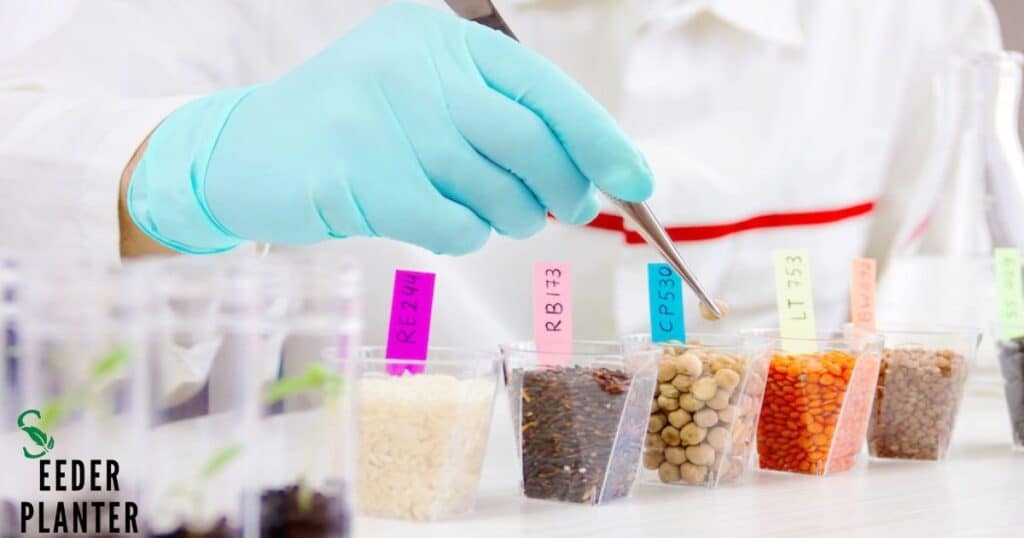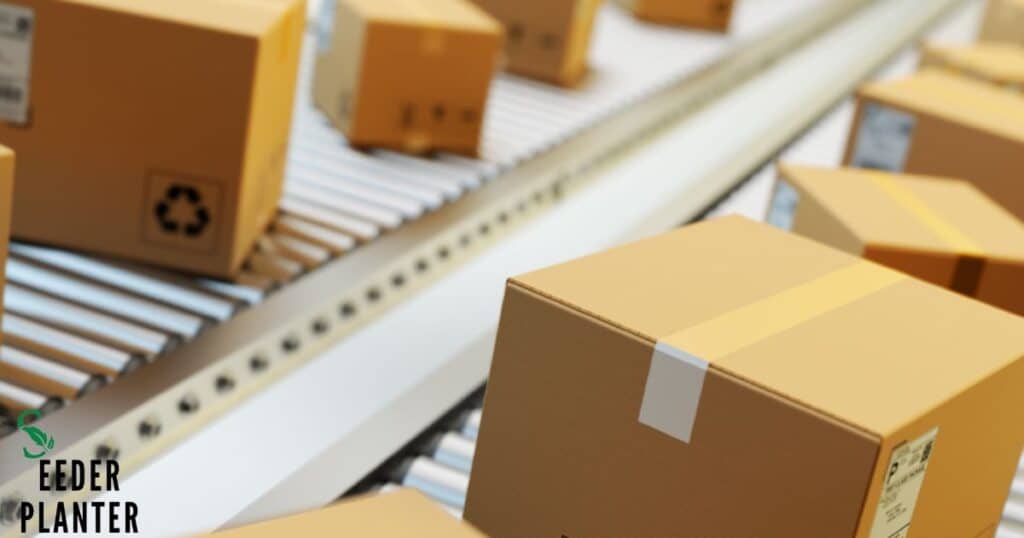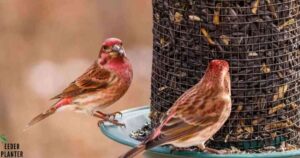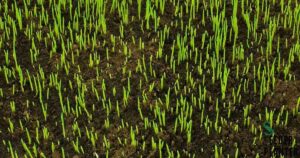The person who likes gardening prefers to grow grass in their lawns.Because Grass is considered as an important factor for the beauty of lawn But due to increases in prices they are worried and this trend is becoming low.
People are wondering Why Is Grass Seed So Expensive? There are many reasons behind it. A complete home is with a luxurious lawn. And a complete lawn has grass in it. Only some people have ability to produce the grass in their lawns.
You will be surprised if you are buying seeds for the first time. These seeds are small in shape but they require a huge amount to pay while buying. The production of different seeds has different rates. The high rates of seeds consist of different factors like cost of labour,machinery,land space and agricultural chemicals and many more factors.
Factors
The price of grass seed can be influenced by various factors, and the type of grass seed is indeed one of them. Several aspects contribute to the cost differences among various grass seed types:
1.Seed Varieties
Different grass species and varieties have distinct characteristics, such as drought resistance, disease resistance, colour, texture, and growth rate. Some varieties are bred to be more resilient or aesthetically pleasing, and the research and development involved in creating these varieties can increase their cost.
2.Purity and Quality
High-quality grass seed is often more expensive. Purity refers to the percentage of desirable grass seed in a batch, while quality involves factors like germination rate and freedom from weed seeds. Seeds with higher purity and quality typically undergo more rigorous testing and processing, contributing to increased costs.
3.Coating and Treatments
Some grass seeds are coated with materials like fungicides, insecticides, or fertilizers to enhance germination, protect against pests, or provide initial nutrients for seedling growth. The addition of such coatings increases the overall cost of the seed.
4.Certification and Testing

Certified seeds go through rigorous testing to ensure they meet specific standards for purity, germination, and genetic characteristics. The certification process adds to the cost of production, as does ongoing testing to maintain quality.
5.Research and Development
Investments in breeding programs, research, and development of new grass varieties contribute to the overall cost of the seed. The goal is to produce grass varieties with improved characteristics such as disease resistance, drought tolerance, and overall better performance.
6.Geographic Origin
Grass seed that is specifically adapted to certain regions may be more expensive due to the research and development required to create varieties suitable for those climates and soil conditions.
7.Brand Reputation
Well-known and reputable brands in the grass seed industry may charge a premium for their products. This could be due to the trust consumers place in the brand’s consistent quality and performance.
8.Supply and Demand
The basic economic principle of supply and demand plays a role. If a particular grass seed type is in high demand and there is limited supply, the price may be higher.
9.Packaging and Marketing

The way the grass seed is packaged and marketed can also contribute to its cost. Fancy packaging, branding, and marketing campaigns may add to the overall price.
10.Fertiliser and Other Inputs
Grass seed production requires nutrients for healthy growth. Fertilisers provide essential elements like nitrogen, phosphorus, and potassium to support the development of strong, vigorous plants. The cost of fertilisers, including production, transportation, and application, contributes to the overall expenses of growing grass seed.
11.Time Factor
The price of grass seed is influenced by the time factor, with seasonal variations playing a crucial role. During peak planting seasons, such as spring and early fall, demand for grass seed rises, leading to higher prices. Conversely, off-seasons may see lower prices as demand subsides.
12.drought

Drought conditions can significantly impact the price of grass seed as they directly affect the supply and demand dynamics. Prolonged dry spells reduce grass productivity, leading to a decrease in seed availability. This scarcity prompts an increase in prices due to heightened demand for the limited supply.
Additionally, the diminished quality of grass seed during drought periods further contributes to the upward pressure on prices in the agricultural market.
13.Inflation
Inflation can impact the price of grass seed by driving up production and transportation costs. As inflation erodes the purchasing power of currency, businesses face increased expenses for raw materials, labour, and logistics. These heightened operational costs often lead to higher prices for goods, including grass seed.
Consequently, consumers may experience an uptick in the cost of maintaining lawns and landscapes due to the broader economic effects of inflation.
How Much Grass Seed Per Acre?
The amount of grass seed needed per acre varies based on the specific type of grass, desired coverage, and local growing conditions. Generally, for established lawns, seeding rates range from 5 to 10 pounds per 1,000 square feet. For new lawns or overseeding, rates can be higher, ranging from 15 to 30 pounds per 1,000 square feet. \
Therefore, for an acre (43,560 square feet), you might need anywhere from 217 to 435 pounds of grass seed, depending on the factors mentioned earlier. It’s advisable to check with local agricultural extension services or seed suppliers for precise recommendations based on your specific circumstances.
Frequently Asked Question
Why is grass seed expensive?
Grass seed can be costly due to factors like the specific seed variety, production methods, and research involved in developing high-quality.
What role does seed quality play in grass seed pricing?
Higher-quality grass seed, bred for traits like durability and pest resistance, often commands a higher price point, contributing to the overall expense.
How does the cultivation process impact grass seed prices?
The careful cultivation, testing, and maintenance of grass seed crops, along with the need for specialised equipment, contribute to the higher cost of grass seed.
Are research and development costs a factor in grass seed pricing?
Ongoing research to improve grass seed varieties and make them more resilient and adaptable can drive up production costs, influencing the final retail price.
How Much Grass Seed Per Acre?
Generally, for established lawns, seeding rates range from 5 to 10 pounds per 1,000 square feet.
Conclusion
The cost of grass seed hinges on multiple factors. High-quality varieties, cultivated with care, are often pricier due to their durability and resistance. The intricate cultivation process, coupled with specialised equipment, adds to the expense. Ongoing research and development to enhance seed traits and adaptability contribute to the overall pricing.
Environmental factors, such as unpredictable weather patterns, impact seed yields, leading to supply and demand fluctuations that influence prices. While the upfront cost may seem steep, investing in quality grass seed pays off in the long run with a lush and resilient lawn.
Understanding these factors helps appreciate the value behind the seemingly high price tag of grass seed.

I am Alexander James, a seasoned professional with 4 years of expertise, brings passion and skill to every project. Elevate your experience with my knowledge and creativity.



![Hollyhock Seeds: The Complete Guide to Success [2024]](https://seederabout.com/wp-content/uploads/2024/10/Hollyhock-Seeds-The-Complete-Guide-to-Success-2024-300x157.jpg)





